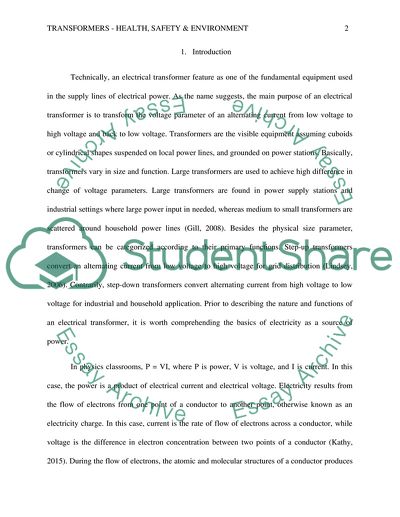Cite this document
(“Health, Safety & Environmental Issues of Electrical Transformers Case Study”, n.d.)
Health, Safety & Environmental Issues of Electrical Transformers Case Study. Retrieved from https://studentshare.org/environmental-studies/1867984-transformer
Health, Safety & Environmental Issues of Electrical Transformers Case Study. Retrieved from https://studentshare.org/environmental-studies/1867984-transformer
(Health, Safety & Environmental Issues of Electrical Transformers Case Study)
Health, Safety & Environmental Issues of Electrical Transformers Case Study. https://studentshare.org/environmental-studies/1867984-transformer.
Health, Safety & Environmental Issues of Electrical Transformers Case Study. https://studentshare.org/environmental-studies/1867984-transformer.
“Health, Safety & Environmental Issues of Electrical Transformers Case Study”, n.d. https://studentshare.org/environmental-studies/1867984-transformer.


